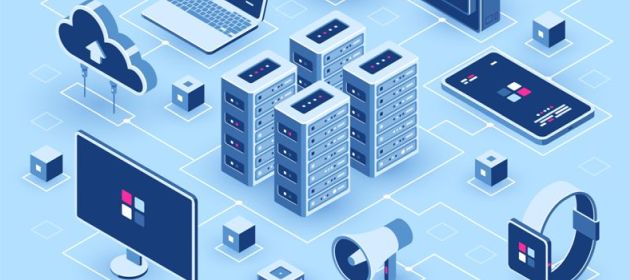Let’s see the pitch of a few B2B technology products:
- ERP prevents stock-outs by triggering stock transfers from one store to another, thereby driving greater revenues.
- WMS drives greater inventory turns, and thus reduces working capital costs.
- CEM increases visibility of gifts across the distribution channel, thereby delivering more bang for the trade promotion buck.
(For the uninitiated, ERP = Enterprise Resource Planning, WMS = Warehouse Management Software, and CEM = Customer Engagement Management.)
As you can see, the common theme in these products’ value proposition is that they improve a company’s status quo on key performance areas like revenue, cost, profit, and so on. (As I highlighted in Why B2B Marketing Should Be Targeted At Company – Not Users, it’s not based on the misguided notion that “B2B or B2C, people buy from people”.)
In enterprise software, it’s customary to use the terms AS-IS and TO-BE to represent the situation before and after the software is introduced respectively.
AS-IS: The present scenario without the software e.g. frequent stock-outs in stores.
TO-BE: The future scenario with the software e.g. stock transfers from overstocked stores to understocked stores.
Depending on the nature of the KPA impacted and the size of the business, there could be more than one AS-IS scenario e.g. some warehouses may have two inventory turns per year whereas others may have three inventory turns per year.
This raises the following question:
Which AS-IS scenario should we consider while crafting the pitch?
A compelling pitch maximizes the BEFORE-AFTER arbitrage.
We’ll see how to develop such a pitch by taking the example of the IT Infrastructure Monitoring product category.
IT Infrastructure Monitoring software monitors the availability, health and utilization of servers, storage, virtual machines, power supplies, printers, and other devices in an IT landscape. More at Gartner and Datadog.
ITIM tools identify incidents, triage them and alert the appropriate team for resolution.
(We’re starting to see a new genre of AI / ML-based ITIM products that not only identify and triage incidents but also take the first steps towards resolving them. But it’s still early days for these tools and we’ll not talk about them in this post.)
Let’s assume that you’re selling an ITIM software called MSP.
Now let’s take a typical incident in an enterprise IT landscape: Failure of Power Supply Unit.
Let’s see what happens without MSP:
AS-IS:
- Server does not have a RED light so the problem is noticed only when it shuts down.
- Server has a RED light but there’s nobody close enough to the server room to see the light blinking, rest as #1.
- Server has a RED light and somebody notices it blinking but the light could go off for multiple reasons, so it takes time and expertise to triage the problem and bring in the concerned team for resolution, by which time the server may shut down.
Now, let’s see what happens with MSP:
TO-BE:
MSP identifies that the power supply unit has failed, triages the incident to overheating in the server room, and alerts the AC maintenance department team for resolution.
As we noted earlier, enterprise software generates value by improving a company’s status quo i.e. taking it from the AS-IS scenario to the TO-BE scenario.
The value proposition of MSP in the above example is that it minimizes MTTR and thereby maximizes uptime of the server.
Now there are three AS-IS scenarios, which means there are three levels of value proposition. The value proposition is highest in the transition from AS-IS 1 to TO-BE, medium when it’s from AS-IS 2 to TO-BE, and lowest when it’s from AS-IS 3 to TO-BE.
To select the appropriate value proposition for the pitch, select the best case and worst case scenarios.
The Best Case Scenario is the solitary TO-BE situation.
MSP identifies that the power supply unit has failed, triages the incident to overheating in the server room, and alerts the AC maintenance department team for resolution.
By definition, the Worst Case Scenario is the worst of all situations, which is AS-IS 1.
Server does not have a RED light so the problem is noticed only when it shuts down.
The pitch is the improvement between the worst and best case scenarios i.e. from AS-IS 1 to TO-BE viz. MSP dramatically reduces server downtime.
As we can see, this GTM message maximizes the arbitrage between the AS-IS scenarios (before the product) and the TO-BE scenario (after the product).



